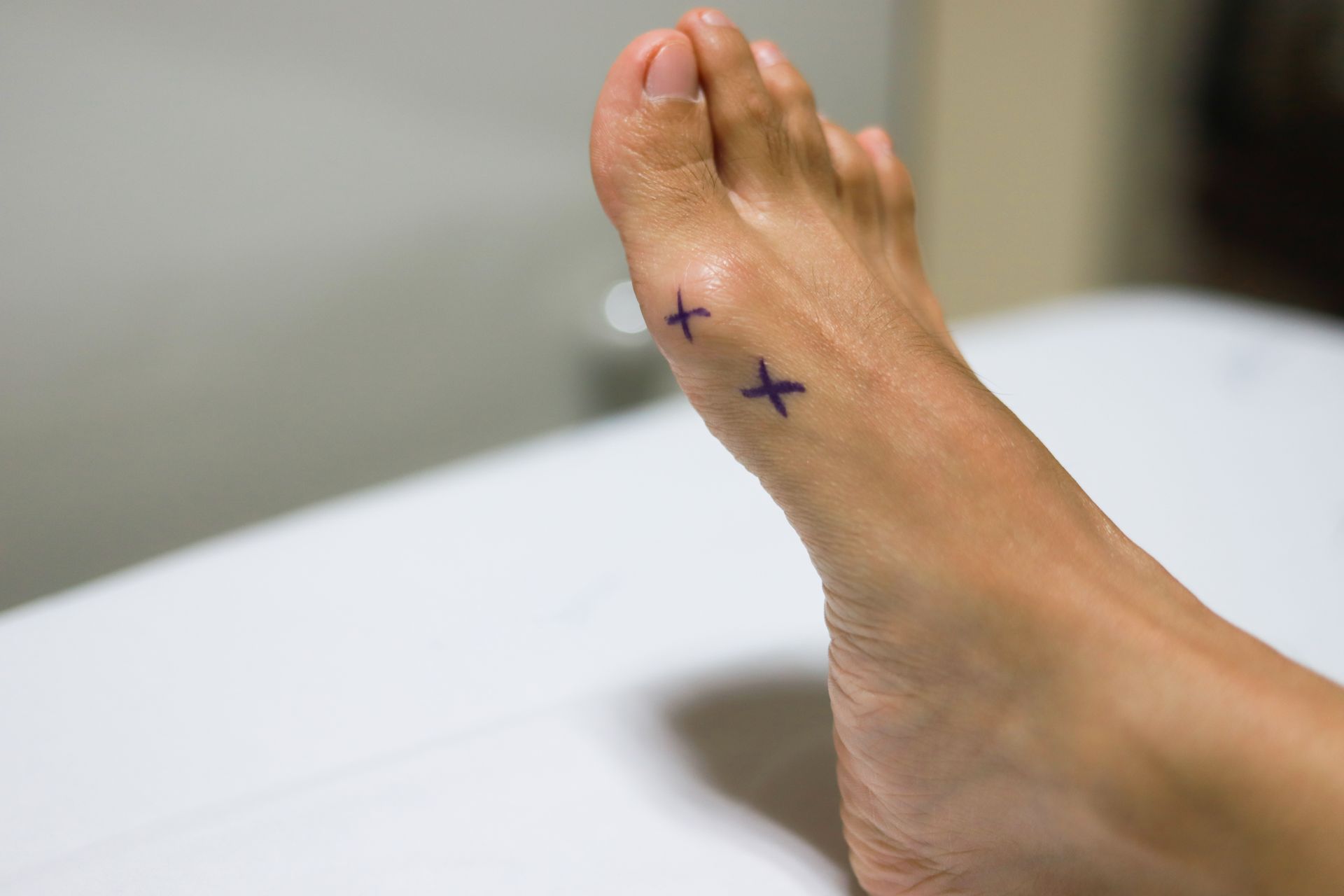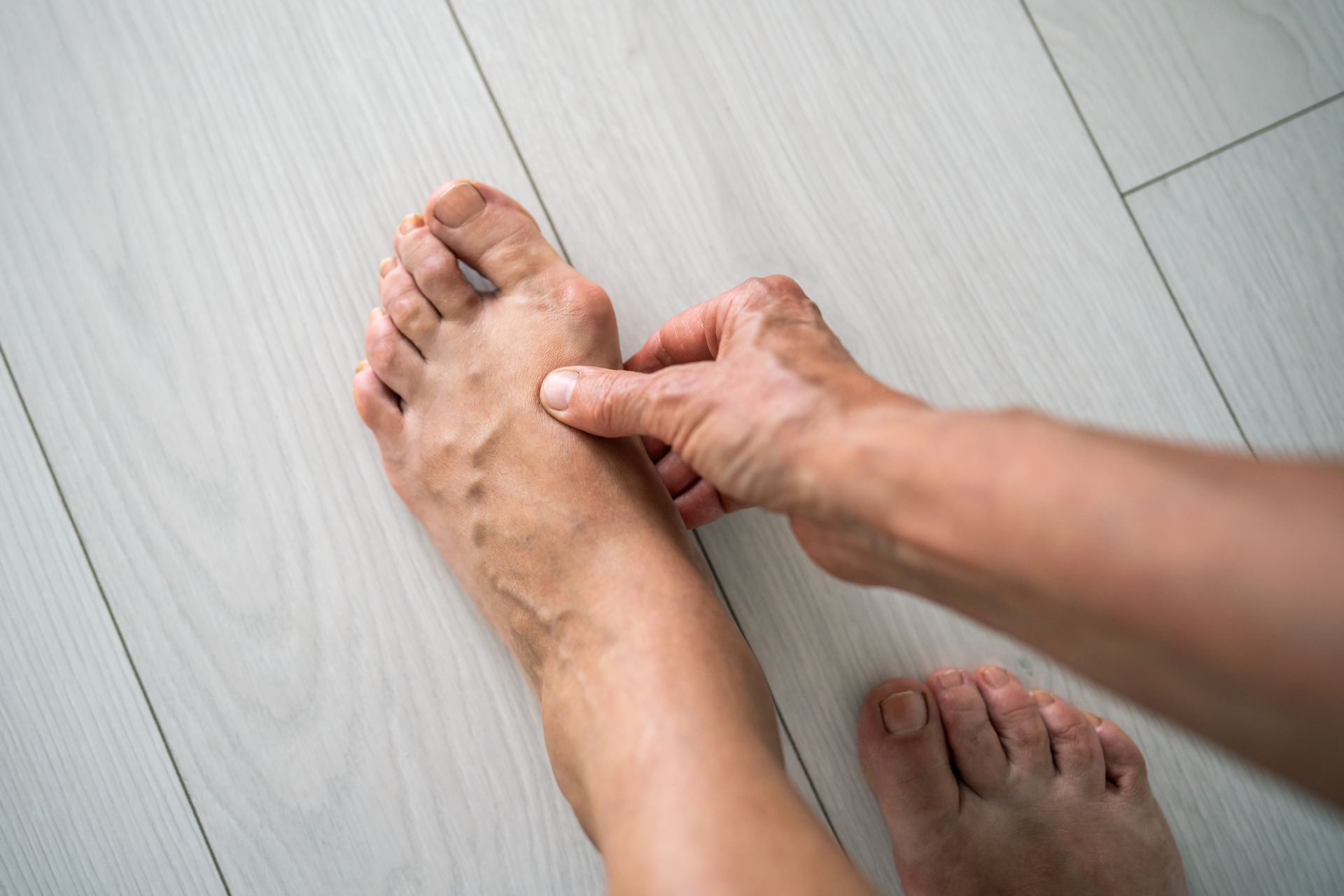Non-Surgical Treatment of Ankle Sprains
Ankle sprains are among the most common injuries , particularly in athletic activities. Sports like soccer, dance, basketball and volleyball are frequently linked to high rates of ankle sprain . At home, stepping in a hole in the yard, missing the bottom stair, and tripping over furniture are also common causes for ankle sprains. As common as ankle sprains are, the majority of them can be treated without surgery.
Multiple classifications for grading ankle sprains exist. Some are based strictly on anatomy (which specific ligaments are injured). Others are based on the severity of the injury (if the ligaments stretched or torn). When discussing the treatment of ankle sprains, it makes sense to consider the stability of the ankle joint and how well it functions in terms of stiffness and strength. Below is a general guideline for how I treat ankle sprains in my office. However, life certainly presents exceptions and variations that are not covered here.Mild Ankle Sprain Treatment
A mild ankle sprain usually entails stretching, but not tearing, one of the three primary ankle ligaments. This is the largest category of sprain and can vary from the slightest twist that resolves in a couple of days to an injury that takes 2 to 3 weeks to resolve. With a mild sprain, there is a small amount of swelling and little or no bruising. Patients can usually bear weight on the injured ankle without limping and maintain full range of motion of the ankle. These injuries respond well to RIICE (Rest, Ice, Immobilization, Compression and Elevation), and wrapping the ankle with an ACE wrap or soft over-the-counter brace can help to immobilize the injured ligaments while they heal.
Moderate Ankle Sprain Treatment
A moderate ankle sprain can involve the stretching of multiple ligaments or the partial tearing of one of the ankle ligaments. This results in an increase in swelling, pain and stiffness compared to mild sprains. A physical examination helps to determine if instability is present in the injured joint, as an unstable ankle joint takes longer to heal and is more prone to reinjury. Patients with a moderate ankle sprain often benefit from one or two weeks of immobilization in a pneumatic walking boot. As swelling and pain decrease, patients are transitioned to an ankle brace and ultimately to an elastic compression sleeve. Depending on the injured patient’s functional goals, moderate sprains are much more likely to benefit from physical therapy than mild sprains. Formal physical therapy helps restore strength and range of motion but also balance, which is important in preventing reinjury.
Severe Ankle Sprain Treatment
A severe sprain involves the complete tearing of one or more of the ankle ligaments. Patients with a severe ankle sprain are often unable to bear weight on the injured ankle. A golf ball sized lump of bruising can be seen over the painful area in severe injuries. In addition to pain and swelling, patients suffering from severe ankle sprains have increased stiffness and instability in the injured joint. Treatment of a severe ankle injury begins with one or two weeks of non-weightbearing with immobilization in either a cast or removable pneumatic boot. As swelling and pain diminish, the patient is allowed to increase weightbearing pressure on the injured ankle while remaining immobilized in the cast or boot. In severe ankle injuries, it can be four to six weeks before a patient transitions to an ankle brace. An increased emphasis on physical therapy is often required for a full recovery in these injuries. With severe ankle sprains, it can be a few months before return to full athletic participation.
If you have suffered an ankle sprain, it is important to seek medical attention to determine the extent of your injury and the most appropriate course of treatment. Contact our Baton Rouge orthopedic clinic to request an appointment .


